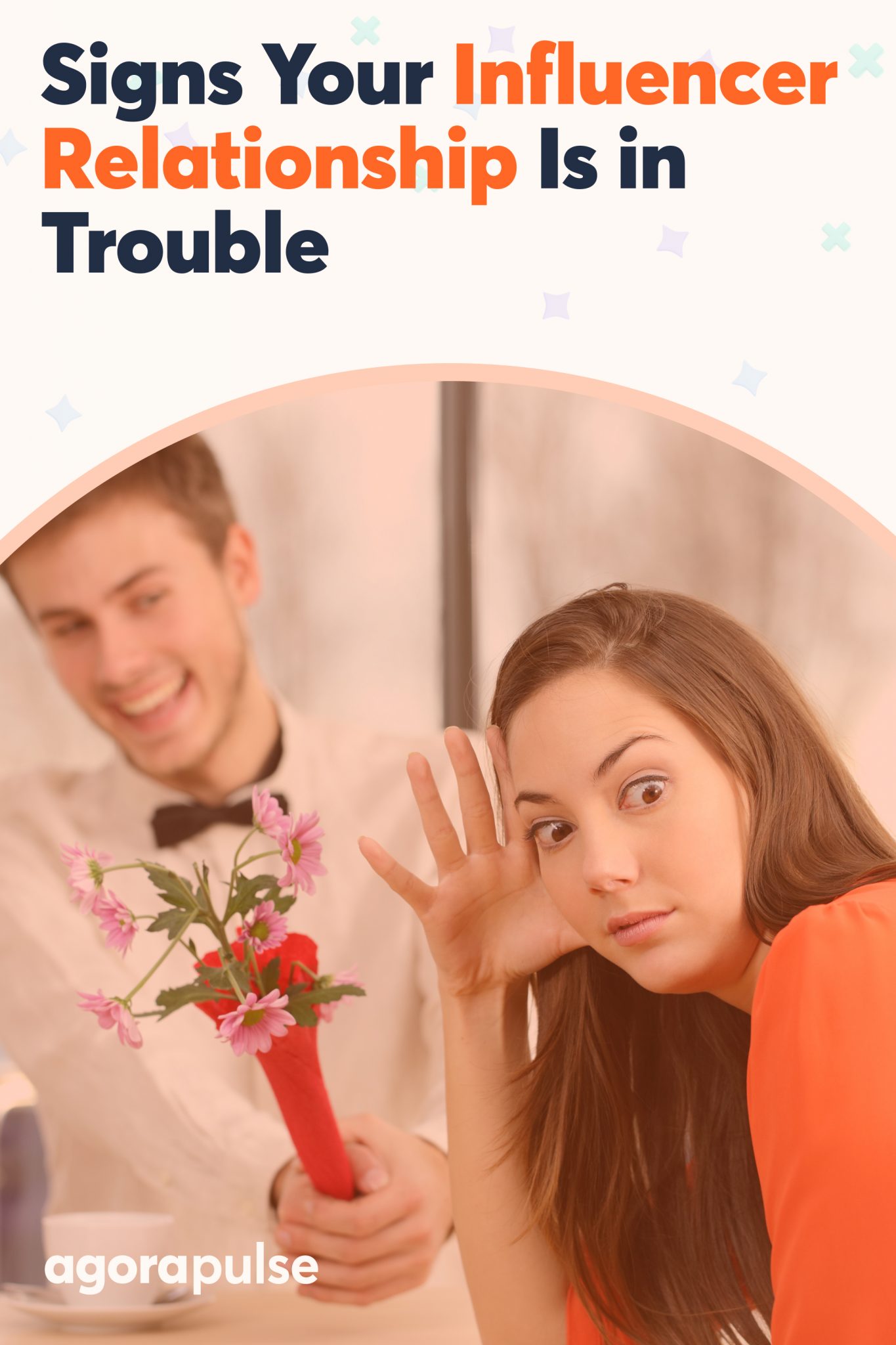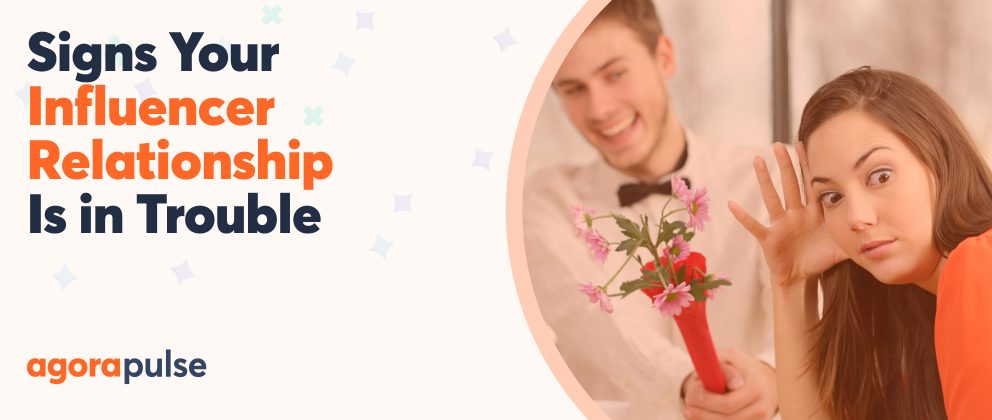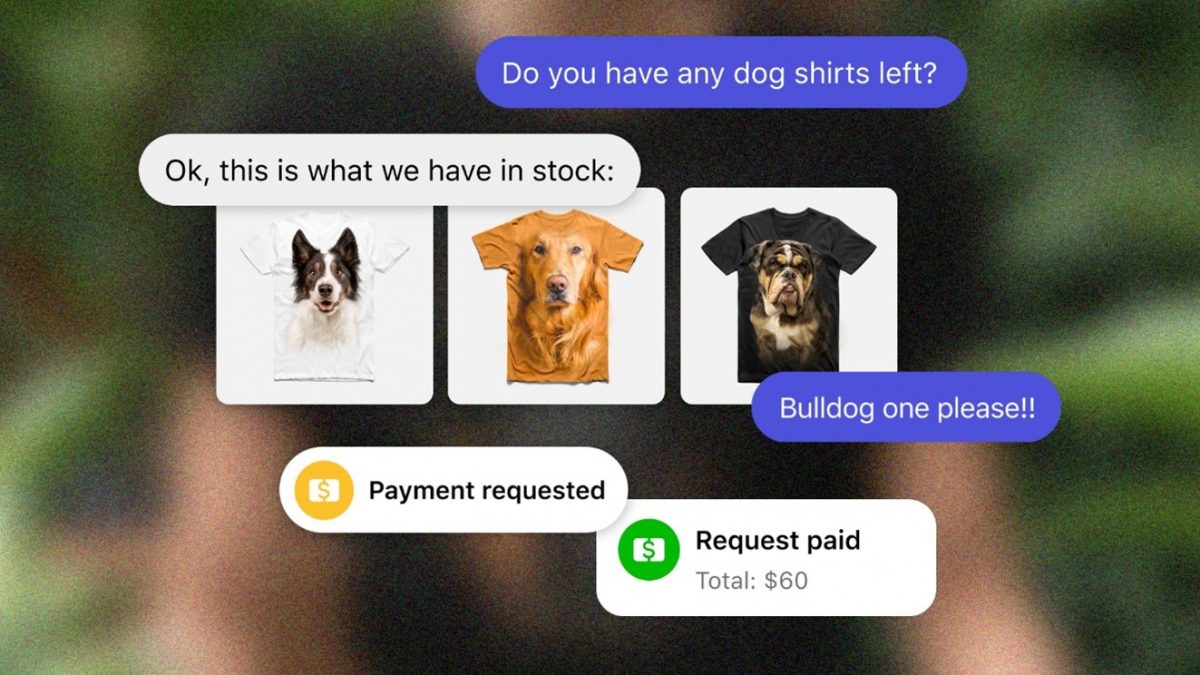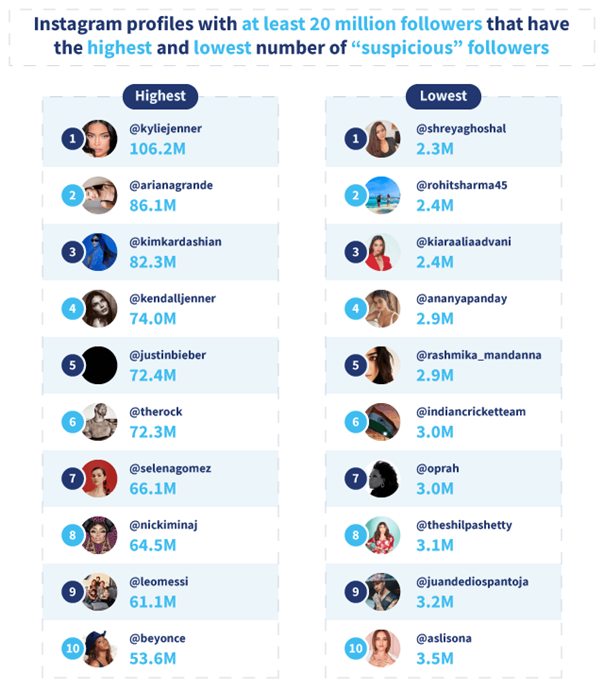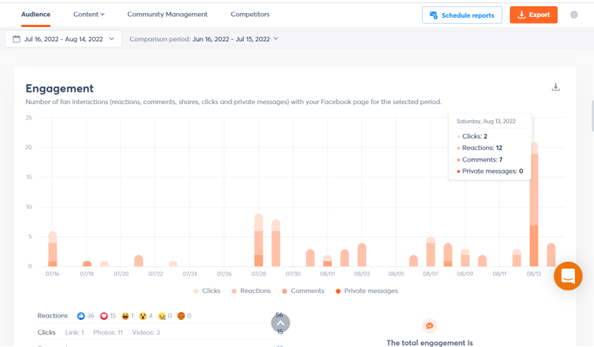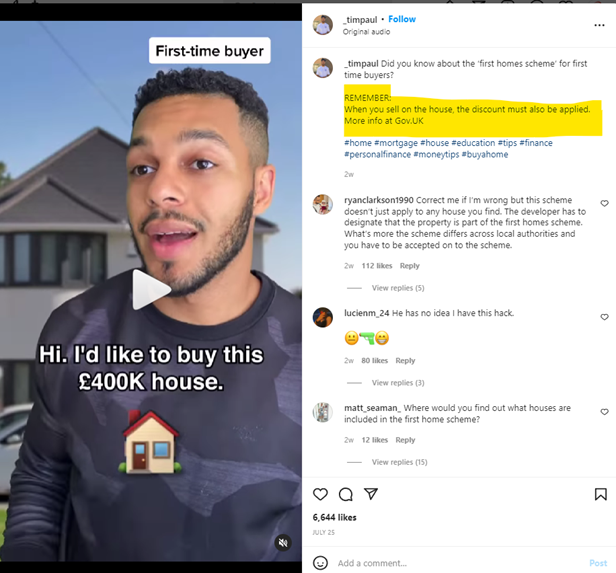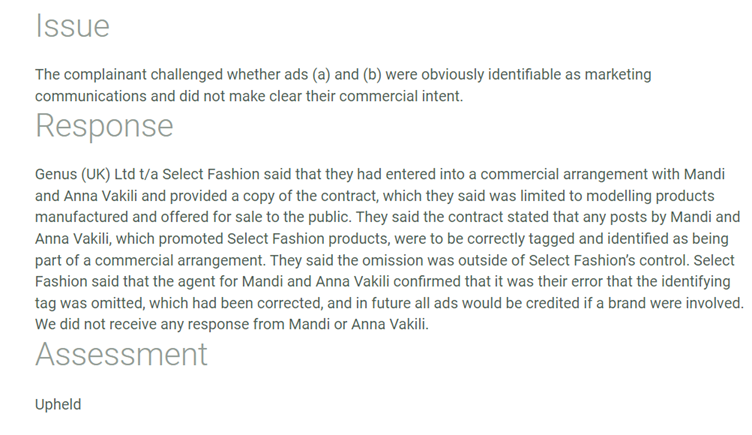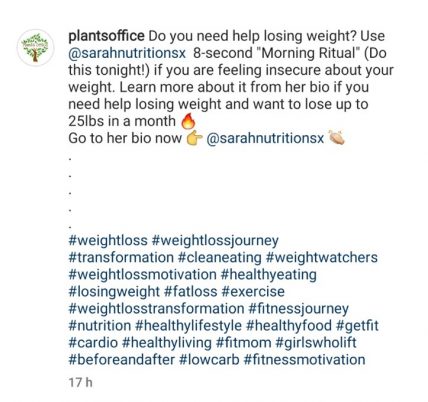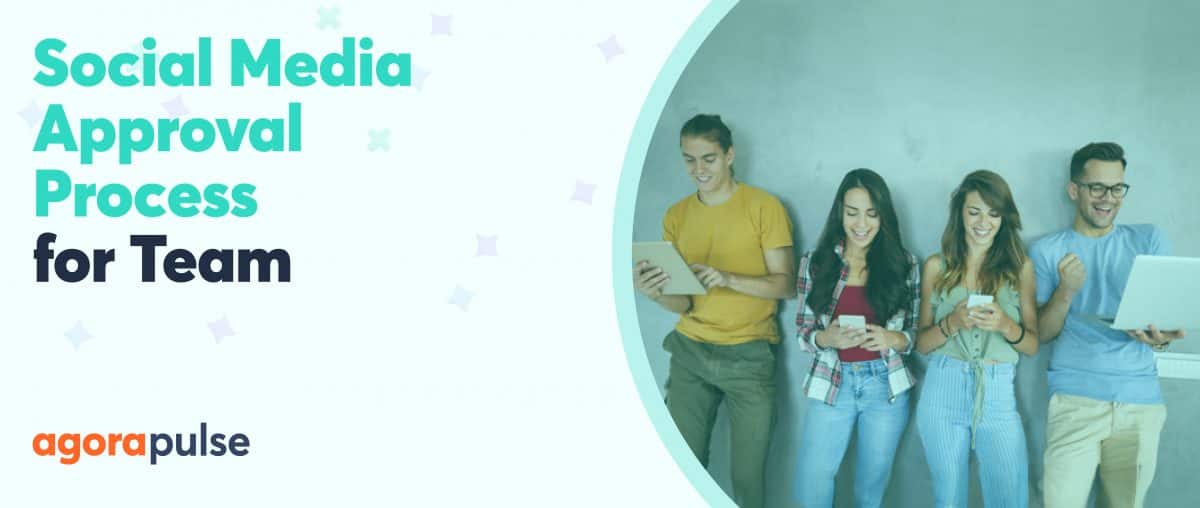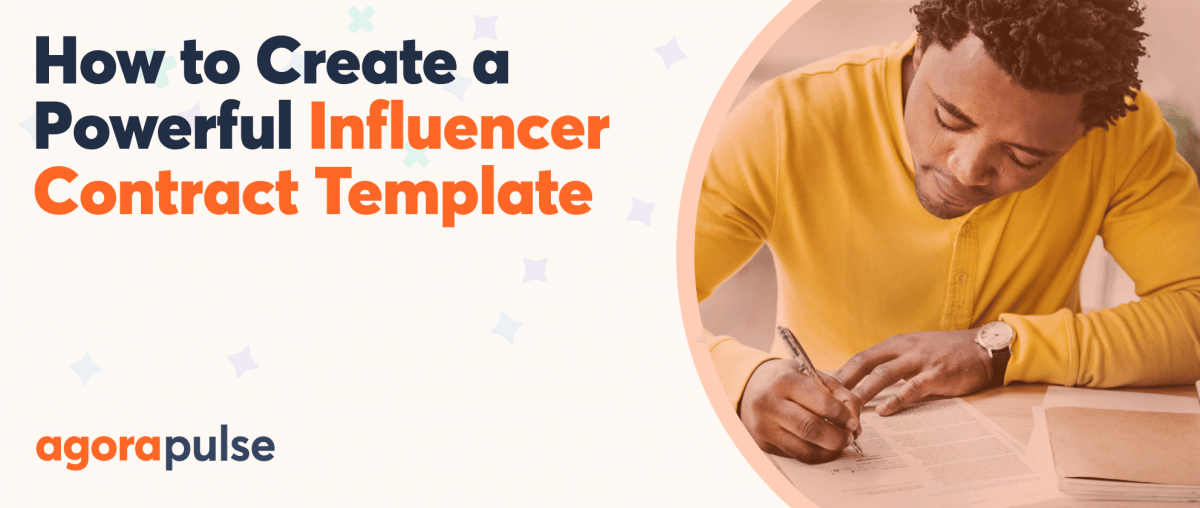Are you seeing red flags in your social media influencer relationship? Do you know the warning signs to watch out for?
It may be time to get relationship advice (or to say goodbye).
In this article, we’re talking about red flags, rogue influencers, and how to troubleshoot social media influencer marketing problems. (Avoid problems by trying Agorapulse for free.)
Benefits of a Healthy Social Media Influencer Relationship
Influencer marketing isn’t going anywhere. From a $1.7 billion spend in 2016 to $16.4 billion in 2022 and predictions of $84.89 billion by 2028, it’s growing fast. And the main reason it’s growing is because it works.
In 2024, 85.8% of brands have a significant budget dedicated to influencer marketing. 59.4% of brands plan on increasing that budget next year. (Only 9% of brands plan on decreasing, as most brands see the importance of an influencer marketing budget.)
Here are a few of my favorite benefits of a healthy social media influencer relationship.
Navigating ad blocks
Don’t get me started on running financial services ads on social media! As an agency specializing in financial services marketing, Contentworks Agency knows the challenges only too well!
Financial services products and services are notoriously difficult to advertise. Regulators are also concerned about channels fueling demand for products like cryptocurrencies. That led TikTok to ban financial services ads in 2021.
So, what do we do?
We create winning content, social posts, videos, whitepapers, and, yes, utilize social media influencers!
Though, in our case, financial regulators govern your content—including influencer marketing—this route allows you to get more eyes on your brand without running ads.
Influencer videos featuring #bitcoin have 11.7 billion + views and #investment has 1.8 billion+.
Influencer Charli D’Amelio encouraged her 143 million TikTok followers to grow the teen banking app Step, which she’s an investor in. The app’s hashtag #getstep generated over 47.3 million TikTok views. (It’s worth noting that Charli isn’t promoting anything irresponsible. Solid financial education, smart saving tips, and understanding how money works are all within regulations.)
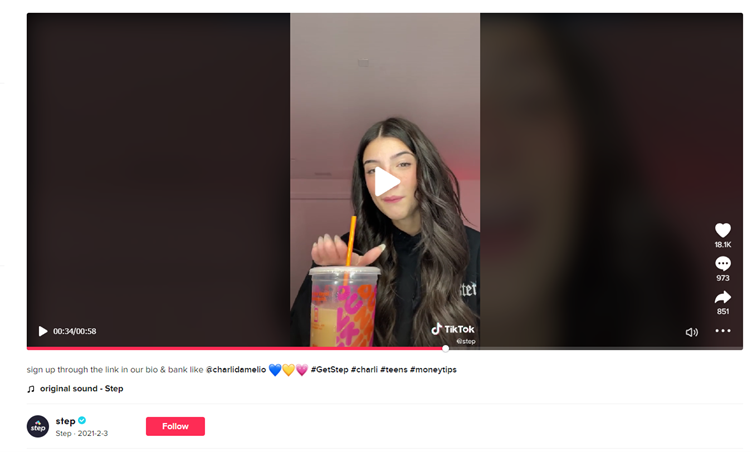
Charli promotes #getstep
Consumers shift to authentic influencers
50%+ consumers state that word-of-mouth and social media are their preferred ways to discover new brands. This ties in well with the shift to micro-influencers.
Micro-influencers are defined as accounts with anywhere from 10,000 to 50,000 followers. They are increasingly popular with brands because they offer authentic engagement while also being a more economical choice.
An example of a great micro-influencer relationship would be @plantmeashley on Instagram. Yes, influencers can be found in every space, not just fashion and beauty.
Plantmeashley is a leader in the plant community and often teams up with garden centers. With just under 28K followers, she is a great micro-influencer with a dedicated fan base. She also posts about #Women #LGBTQIA+ and #TransRights making for some nice influencer marketing crossovers. In the post below she features a local garden center.
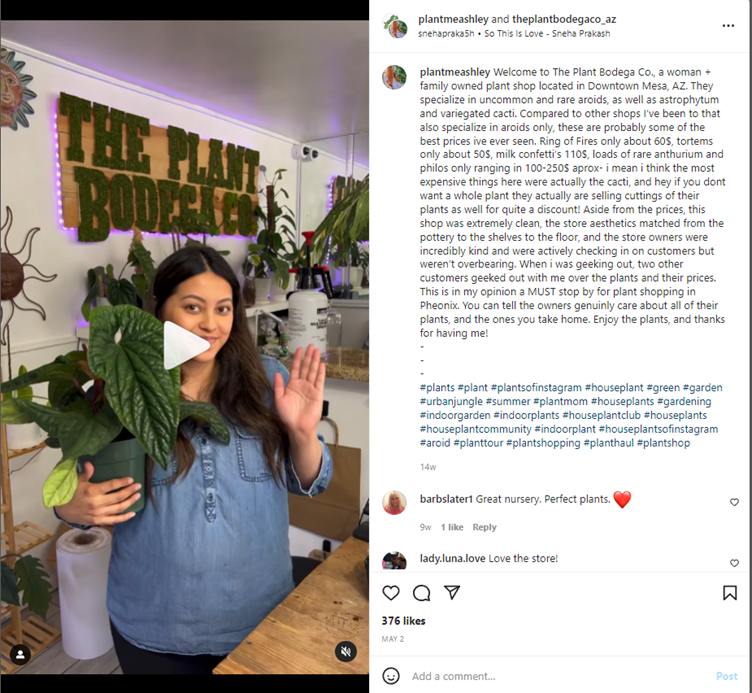
plantmeashley promotes hashtags and authencity
Social media influencers drive sales
86% of influencer marketers are now actively using social media shopping to their advantage, and that won’t be slowing down anytime soon.
Each week, one billion people message a business across one of Meta’s apps, and they are continually introducing new ways to shop. The latest is Instagram chat shopping!
With the right content, coupon offer, and promotion, influencers can drive huge revenue for brands.
Stats show that after seeing posts with product information, 87% of fans took a specific action, like following, liking, or making a purchase.
For example, fashion brands offer on average a commission of 16% for sales generated by their influencers.
Spanish fashion brand Zara frequently utilizes micro-influencers in the fashion space. Zara was the most mentioned brand on Instagram in 2021, beating even Instagram.
We’ve talked about a few of the great benefits of influencer marketing. But what about when it doesn’t go so well?
Not sure what influencer relationship trouble looks like?
Here are seven signs to look out for in your social media influencer relationship.
1. You’re Experiencing Cancel Culture
“The notion of cancel culture is a variant of the term ‘call-out culture’. It is often said to take the form of boycotting or shunning an individual (often a celebrity) who is deemed to have acted or spoken in an unacceptable manner,” according to Wikipedia.
Love it or hate it, “cancel culture” has become commonplace in the social sphere. Millennials and Gen-Zers are 2x as likely to withdraw support from a brand over a social faux pas than Baby Boomers. That’s a problem because Millennials and Gen-Z command $2.5 trillion in spending power.
Influencer relationship fix
- Act quickly. Either you’re disassociating your brand from the influencer or you’re apologizing for them. Doing nothing is not an option.
- Demonstrate a commitment to rectifying the problem. This could be by firing the influencer, taking a stand on the issue, or donating money to a related cause.
- Learn from the mistake. You need to take stock of what happened and show careful consideration for future influencer contracts.
2. Engagement Is Low
In some cases, influencers buy traffic and likes using bot accounts. Actually, it’s more than some.
More than 55% of Instagram influencers were involved in some form of social media fraud and fakery, a study by HypeAuditor found. This is a very real problem and one that adds a layer of complexity to the influencer marketing mix.
That’s why it’s better to watch engagement than fan numbers.
Good engagement (over 3% of fans liking and commenting) is an indication that your influencer relationship is hitting the right audience spot.
These accounts have the highest and lowest suspected fake followers. Kylie Jenner has the highest number of suspicious accounts following her page on Instagram, at 106.2 million. Although to be fair, she didn’t necessarily add them herself. Page verification is not required to order bots.
So, if you hired an influencer with 106,000,000 followers then you would expect an engagement rate of at least 3% which would be 3,180,000 likes or actions.
You can check post engagement rates in your Agorapulse dashboard. You can also dig into each post to see other stats like clicks, reactions, comments. and private messages.
If engagement isn’t what you expected, your social media influencer relationship could be in trouble.
Influencer relationship fix
- Benchmark the engagement. If your engagement dropped after starting work with an influencer there could be an issue with the influencer being right for your brand. Similarly, if your product didn’t get the same attention as other brands promoted by the influencer, your product might be wrong for their audience.
- Set up alerts. Set up alerts on the campaign hashtag, influencer’s name, and your brand name. By doing some focused social listening, you can aim to understand what people are saying about the partnership.
- Review your contract. You should have a solid influencer marketing contract in place. This may specify target engagement rates. If your payment method was pay per post, then you have no comeback. The influencer posted what you wanted and regardless of engagement results you will need to pay.
3. Trends Shifted Without You
If your target audience is shifting away from certain influencers and you haven’t done anything about it, you’re in trouble.
Many fans are ditching endorsements from celebrities and macro-influencers because they love the authenticity and personalized experiences that micro-influencers afford them.
Micro-influencers “boast up to a 60% increased engagement rate compared to macro-influencers.” They also have a 20% higher conversion rate that can help brands boost their e-commerce sales.
In addition to this, the public is fickle in regard to social media influencers they like and don’t like. Public perception can turn rapidly, and your influencer marketing relationship might be in trouble if you don’t pay attention.
Similarly, new trends enter the scene.
“Genuinfluencers” was coined by WGSN (formerly Worth Global Style Network) to describe influencers who use their platforms beyond product placement. Genuinfluencers spread important information in addition to posts about products.
Influencer relationship fix
- Don’t get complacent. However great you think the influencer is, trends change. The term genuinfluencer could be shunned in future years too.
- Continually monitor sentiment. Brand awareness and public sentiment are important metrics to watch if you’re spending budget on an influencer marketing campaign. Keep checking them in your Agorapulse or PR dashboard.
- Continually refresh. Just because you had a great relationship with an influencer, doesn’t mean you need to work with them for everything. Refresh your strategy and scout out fresh, aligned talent to work with. For the record, fresh doesn’t mean young here.
4. Your ROI Is Unsatisfactory
ROI (Return on Investment) can be easy to monitor for an influencer marketing campaign. Essentially it means the amount of revenue/ product sales generated by your collaboration.
If you’re focused on ROI, the only compensation model that will hold an influencer accountable, is Cost Per Acquisition.
Other methods like cost per click and cost per engagement are not directly linked to ROI. Unsurprisingly though, cost per acquisition is unpopular with influencers so it’s unlikely you will secure this agreement. You can, and should, still monitor it though.
How to calculate ROI for influencer marketing
- Investment: The total cost of your influencer marketing efforts
- Profit: The money you earned from your influencer marketing efforts
- Profit / Investment x 100 = influencer ROI%
Example: If you spent 2,000 euros on an influencer marketing campaign and received 10 customers who spent in total 7,000 euros, your ROI was 350% ROI (5,000 euros after the cost of ads).
Influencer relationship fix
- Look back as well as forward. How successful was your influencer in the past? If they have generated an impressive ROI for other brands, then why not yours? Could there be a disconnect between your product and their audience? Or perhaps your offer didn’t match audience expectations.
- Keep monitoring sales. Not all sales will come the moment the influencer hits post. Continue to monitor for as long as the coupon or offer is live.
- Check your “get out” clause for other campaigns. If ROI was disappointing, then you may want to pause future campaigns with this influencer. Review your contractual agreements to see if this is possible.
5. Your Influencer Isn’t Following the Contract Rules
This one pops up a lot and can be the cause of many social media influencer relationship breakups.
Influencers break contract rules for many reasons.
First, contract rules might be very restrictive and prevent the individual from their usual creative behavior.
Other reasons include failure to adhere to the agreed posts, not applying risk warnings, prohibited behaviors, or a breach of any anti-competitor clauses.
Breaking regulator rules
Certain industries are stricter than others and if you’re working in one of these you will need to be especially careful. Industries like finance and pharmaceutical are closely governed. This includes the risk warnings that need to be added to posts in addition to the disclosure that it is in fact a #sponsoredpost.
Sponsorship, largely from youth-focused fintechs, helped to make a “side hustle” out of content creation for influencers.
Timothy Paul, for example, was paid £800 for a single video in a deal with Mastercard and regularly makes finance videos. You can see though that _timpaul is applying risk warnings and is not saying anything non-compliant in his videos.
On the flip side, other influencers have landed brands in hot water for failing to include risk warnings or making false promises.
Recently, six influencers were subject to sanctions from the Advertising Standards Authority (ASA) for consistently failing to disclose ads on their Instagram accounts, despite repeated warnings. Francesca Allen, Jess Gale, Eve Gale, Belle Hassan, Jodie Marsh and Anna Vakili have all been named as not flagging ads in their posts. Of course, this also reflects badly on the brand and can result in huge fines. Especially in regard to to misleading promises.
Influencer relationship fix
- Collaborate on content. If your influencer marketing contract states that an influencer must be compliant, but you as a brand failed to show them how, you are responsible. It is not an influencer’s job to know all the regulations in your sector. Create compliant content and then work with the influencer to ensure it is written in a style they are happy with. There is no compromise on those risk warnings though!
- Help influencers adhere to schedules. Some influencers break contracts by forgetting to make a post or take an agreed action. While technically this is their responsibility, you can also help them by setting up calendar reminders. You could also add them to the Agorapulse dashboard to schedule posts in advance. That way nothing will get missed!
- Keep communicating. Often, a deviation from an influencer marketing contract is not a deliberate sabotage, it s simply an oversight. Keep channels of communication open so you can guide your influencer.
- Edit the post. If a slip-up has happened and you can edit the post, then do so. If you can’t, as with Twitter, then you may want to consider a quick delete and repost. Remember there could have been screenshots taken.
6. Your Competitors Are Changing Tact
Be aware of what the competition is doing and why they’re doing it.
If you find that most of your competitors are changing their influencers, it may be a sign. Or if they’re pivoting in a new direction entirely, that means dropping social media influencers and focusing on CSR (corporate social responsibility) UGC (user-generated content) or ploughing money into sports or billboard sponsorships.
Earlier this year, New York-based advertising agency Ogilvy announced they will no longer work with influencers who distort or retouch their bodies or faces for brand campaigns. This is in a bid to combat social media’s ‘systemic mental health harms, which have been well documented lately.
First, huge high five on this one for obvious reasons. Second, this is indicative of public sentiment about beauty filters so should be closely observed. Third, regulators are also involved with ASA banning misleading filters.
Influencer relationship fix
- Understand the competition’s reason for changing tact. Do some surveillance before following blindly. You need to ask what the competition’s motive and goals are before concluding that your influencer relationship is in trouble.
- Follow news in your sector carefully. At Contentworks Agency, we set up alerts for updates from key regulators in the finance space. Keeping up with rules or upcoming changes to rules can be key.
- Pivottttt. A strategy that worked five years ago might not be working now. Reassess audience demographics, trending hashtags, public sentiment, platform and advertising rules, and competitor campaigns. Don’t be afraid to move in a new direction.
7. You’re Getting Called Out for Being Inauthentic
Audiences are very switched on to fake versus authentic. They know a filtered, photoshopped image when they see it.
They can also tell if an influencer is passionate about a product or just copying what you gave them for money. And more so than ever, they are not afraid to call it out and walk away from a brand.
This audience rebels against brands and social media influencers who think they can be fooled—and they vote with their wallets.
Here’s an example of a page that got called out by its audience. It was a page about plants that obviously received some financial incentives to promote weight loss products. Though not a social media influencer mistake, it’s not authentic. You can see the audience response.
Instead, savvy brands are switching to influencers who align with their values and the values of their audience. Influencers like @ASIANACNEGIRL. American blogger Katie Guber started her Instagram in 2019 at the beginning of her self-love journey and has since come a long way with acceptance. She is considered a skin positive influencer.
Katie teams up with big brands to review their products in an honest and authentic way and coming from the stance of someone with skin challenges. For her 5K followers, this is an authentic and meaningful look at skincare.
Fostering paid partnerships is not about advertising your brand alone but being able to connect with your audience at an emotional level. This is where an influencer’s storytelling capabilities are needed.
If your influencer is not convincing your audience, your influencer relationship could be in trouble.
Influencer relationship fix
- Do your own due diligence. Make sure you have chosen an influencer who’s a good fit for your products, brand, and values. Research their old posts and PR appearances to be sure.
- Watch the comments. Can you believe we still have clients telling us to delete comments that complain or criticize? Don’t delete comments. Listen to your audience and what they’re telling you. If you repeatedly ignore them, they’ll feel you’re not a good match and go elsewhere.
- Watch your follower analytics. Are your followers growing or dropping off? If your audience is dropping off after your influencer collab, then it might be time to pull the plug. If you can’t cancel the influencer agreement, at least stop boosting posts and running ads.
In Conclusion: Social Media Influencer Warning Signs
Watching for these warning signs helps you salvage an influencer marketing relationship or politely move to a breakup. Want a partnership that will never disappoint? Try Agorapulse for free today.
